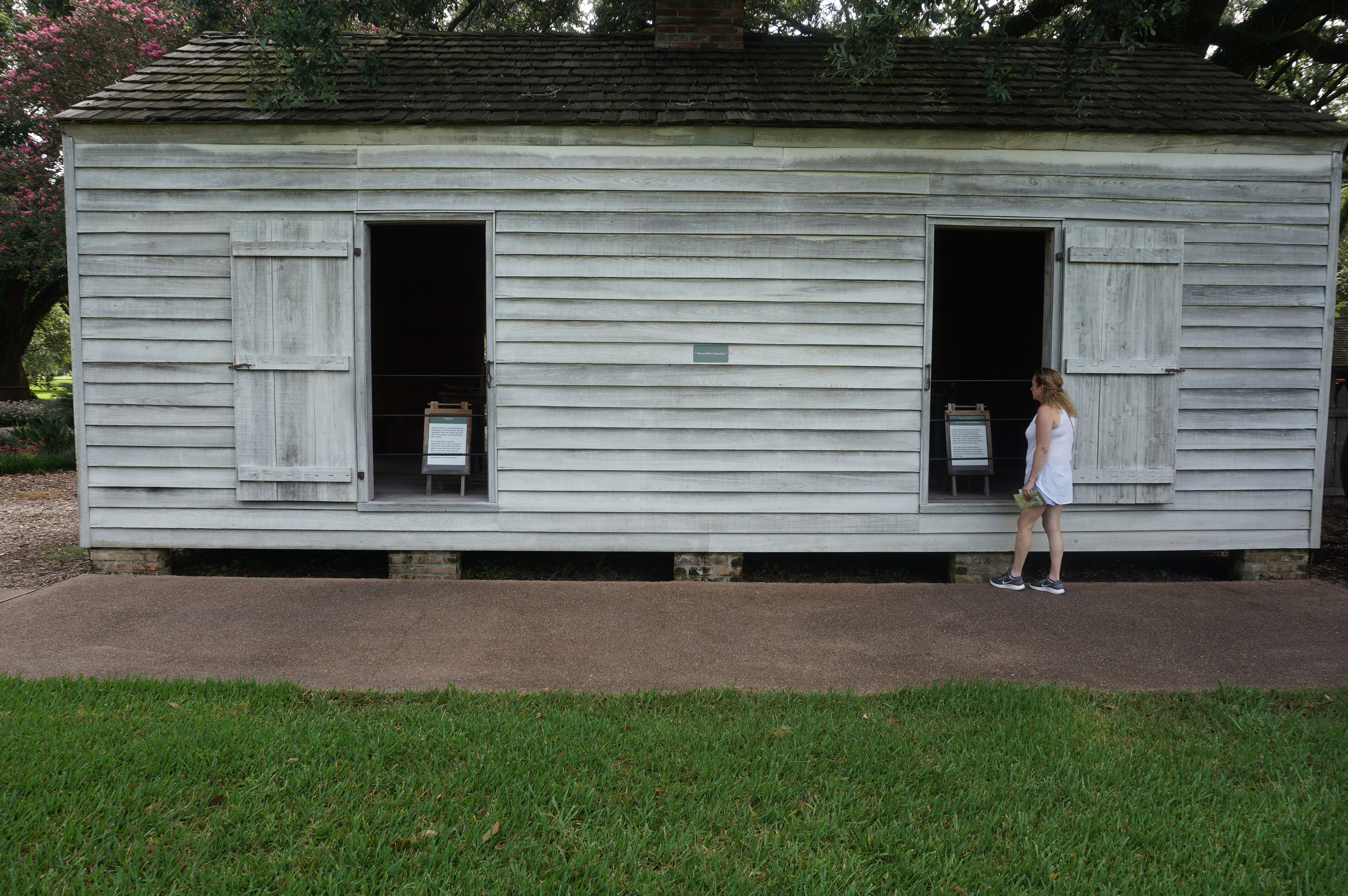Rewriting History

by Melissa Petropoulos | Rowayton Elementary – Norwalk, CT
Earlier this year, my grade level was told by administration to pull our 4th grade Social Studies text books from our shelves, an act affirmed by the United Nations Working Group of Experts on People of African Descent. Why? A section of the text was culturally insensitive and inaccurate about enslaved people in Connecticut, saying something to the effect that Connecticut slave owners treated their slaves like family members. Whenever I came to this page in the book over the past three years, I simply skipped it. I knew that the text trivialized the topic, so I provided alternate information to supplement my students’ understanding of slavery during Colonial America.
Read about the book recall here.
When this book was deemed inappropriate, I reflected on why I skipped over information that I found offensive rather than taking action myself. This consequently led to some honest dialogue with my husband, an eighth grade history teacher, and ideas around slavery became a recurring conversation between the two of us. We discussed ways we could bring the true story of enslaved people into the classroom through primary sources, research and visiting historic sites. Because the issue spans hundreds of years and multiple continents, we decided to narrow our investigation to the context of life during the Colonial period, a subject we both teach. Then we designed a Fund for Teachers fellowship to learn about the people who were enslaved during the Colonial Period in America and how they survived under the despicable injustice of oppression and slavery.
In that erroneous 4th grade history book, slavery was trivialized; yet in existing books we have read, there remains little focus on the dignity of the enslaved.
Our fellowship goal was to gain insight into the unique social, political and economical conditions in each colony and how those conditions affected the beliefs, cultural experiences and perspectives of enslaved Africans.
Our road tour covered eight states: Connecticut, New York, Maryland, North Carolina, South Carolina, Georgia, Louisiana and Washington DC. We experienced museums, slave markets, historical societies and plantations. We were immersed in a dark history and keeping dry eyes was nearly impossible. Our first site was emotionally the hardest: original slave cabins, a slave pen, and sculptures depicting 23 beheaded slaves who revolted in 1811.
We felt that we knew a lot about slavery in the United States prior to our fellowship, but by being in
places where enslaved people walked, touching my finger into the impressions of their fingerprints on bricks they made, standing under the summer sun that once beat down on their work-torn bodies, we
began to really comprehend what happened in this country. We learned about craftspeople, what they created, what they built. We learned about resistance, both subtle and overt, as a way of showing disdain for their bondage.
Consequently, now – rather than skipping one page in an entire social studies text book devoted to the cause of slavery, we choose to focus on the contributions of the men, women and children who were enslaved. We will teach about the human spirit, the passing of culture and heritage from one generation to the next, the craftsmanship and skill set, the desire for freedom, and the closeness of families. We will teach about daily life of the enslaved and the extraordinary stories that came from our dark past.
We were in Georgia when the riots happened in Charlottesville, VA. Having been immersed in a time period of oppression and racism for 12 days this summer, we were especially offended and disgusted by what we saw. To combat the hate we saw, we plan to celebrate in our curriculum the contributions of African Americans from early America throughout social studies units on regions of the USA. Through research, students will share slideshows or visuals of their findings
about the history of slavery from the perspective of the enslaved. These presentations will be told as first person narratives in order to convey the daily life of an individual who was enslaved.
I also envision planning a peace or unity rally at my school. October 25 is Unity Day, a day of kindness, acceptance, and inclusion and would be a great opportunity to send a strong message to our
students.
Becoming a Fund for Teachers Fellow gave us a feeling that doesn’t come along all the
time, one of validation. We felt proud that our idea for exploring a
topic was funded and that my students would benefit from my vision and learning. I felt like a winner. The euphoria of that recognition has not worn off. Every museum, site, or tour I
took, I did so knowing that there was an organization standing behind me, supporting my endeavor. It was a richly rewarding experience.
Melissa has been teaching in her beloved hometown of Norwalk, CT, for 28 years. She has twice been awarded NEF grants for classroom innovations: Other Talents and Pond Study. With a
love for science, she established a First Lego League to bring quality STEM to her school and is equally passionate about history, infusing lessons with primary sources and recreating history through dramatics.
James Petropoulos is a product of the Norwalk Public Schools and has been teaching for the Norwalk Public Schools at West Rocks Middle School for the last twenty years. James spent nine years teaching sixth grade Ancient History and for the last eleven years has taught eighth grade American History and Civics for the Norwalk Adult Education Program for the last twenty-five
years.
 Back to Blogs
Back to Blogs